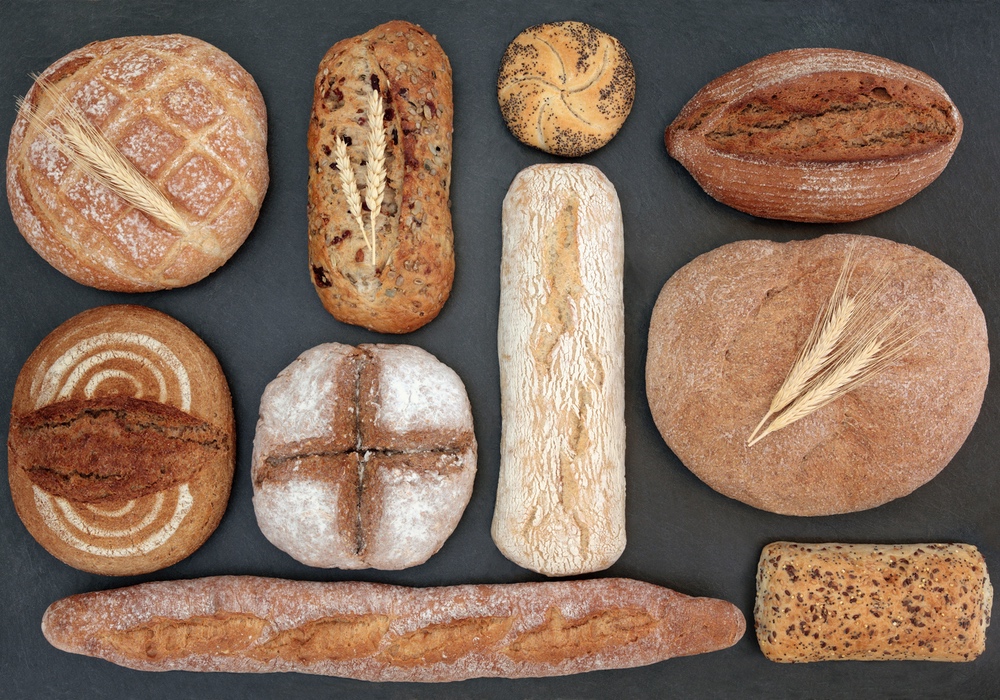Many of us grew up eating white bread and wouldn’t dream of making a sandwich with anything else, while others embrace whole grain bread for its health benefits. But does it really make a difference? New research suggests it depends — on you.
White bread is typically considered to be nutritionally inferior because it’s made from wheat that has been processed to remove the bran and germ layers of the grain. The end result is a lighter, fluffier bread. Processing strips away the fiber in white bread and various vitamins and minerals, some of which are added back. Whole wheat bread is made from the entire wheat kernel and is generally thought to be the healthier choice.
Many studies have tried to pinpoint the effect of different types of bread on people’s health parameters and microbiome, but there has been no clear answer. So researchers at Weizmann Institute in Israel had 20 healthy people eat white bread for a week and artisanal whole wheat sourdough bread for a week to see if they could discover a difference in the effects of each on the body.A possible new shift in thinking about nutrition: foods don’t affect all people in the same way and one-size-fits-all diets don’t fit everyone either.
Normally the people in the study ate about 10 percent of their calories from bread. For the experiment, half were assigned to eat more processed and packaged white bread for a week, amounting to about 25 percent of calories, while the other half ate an increased amount of whole wheat sourdough bread. No bread was eaten by either group for two weeks, and then the diets for the two groups were reversed.
To the researchers’ surprise, the type of bread eaten didn’t have a great effect on the health parameters that were monitored, but the participants’ bodies did react differently to each type of bread.
Suspecting that something more complicated was going on, the researchers went back to some of their earlier studies in which they found that different people have different glycemic responses even when eating the same diet. They found the same result in this study. Roughly half of the people had a better glycemic response to the whole wheat bread, and the other half responded better to the white bread. Only when all of the findings were averaged together were no differences observed.
The results are both fascinating and potentially very important, according to Eran Elinay, MD, PhD, a senior author of the study. They represent a possible new shift in thinking about nutrition, that foods don’t affect all people in the same way. He believes one-size-fits-all diets don’t fit everyone, and the nutritional values assigned to foods have been based on little science.
There was one important limitation to the study. Everyone ate the same amount of carbohydrates from both types of bread, so they ate more whole wheat bread since it contains fewer available grams of carbohydrate. (Available or net carbohydrates equals total carbohydrates minus grams of fiber.)
Typically, people eat less whole wheat bread because of its higher fiber content which makes it more filling. The study did not take into account how much a person would eat based on how full they felt. So the research will continue.
The study is published in Cell Metabolism.





